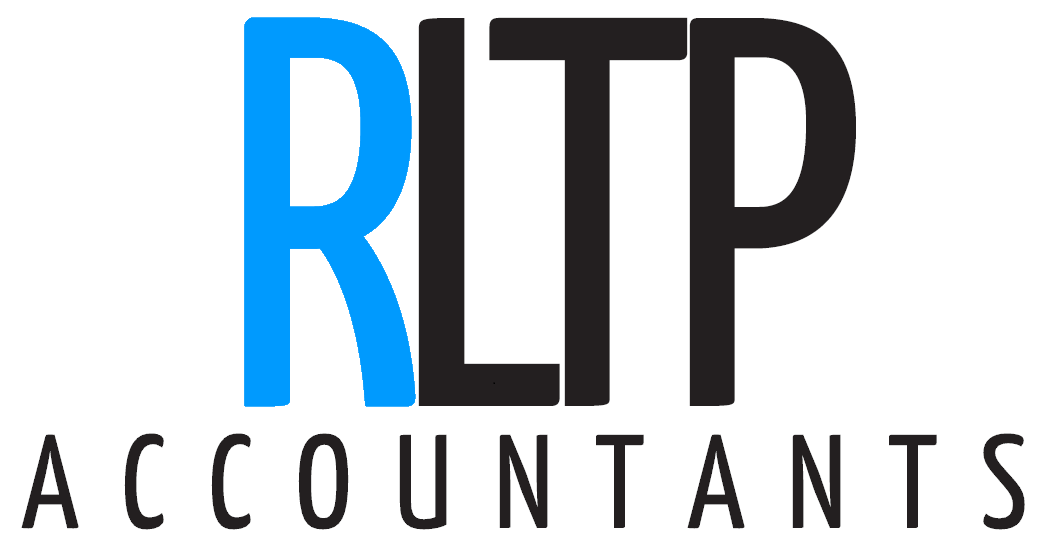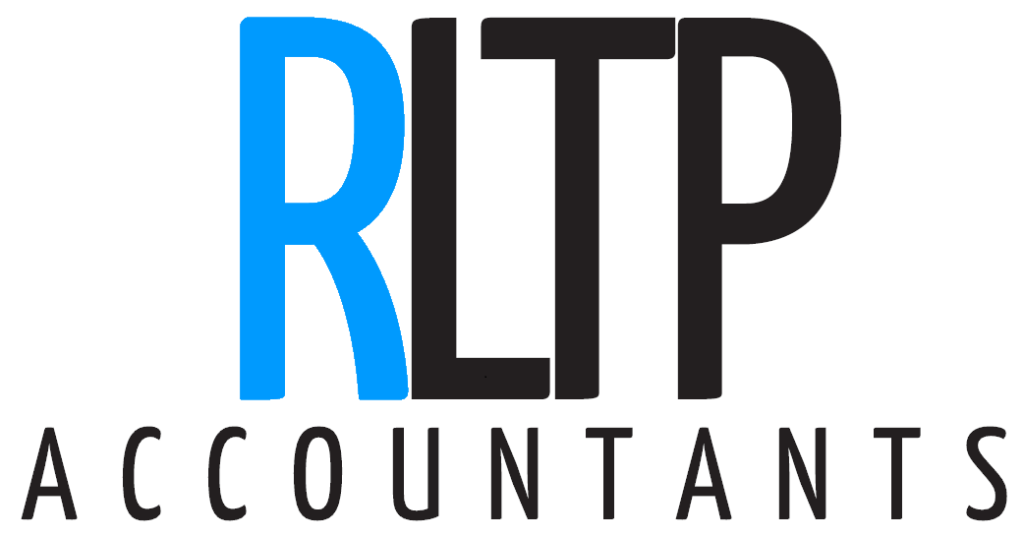ARE YOU PREPARED FOR THE CHANGES COMING TO OFF-PAYROLL WORKING FOR INTERMEDIARIES (IR35) IN APRIL 2020?
What is IR35?
IR35 (also known as Intermediaries Legislation) was originally introduced in April 2000 and is designed to combat tax avoidance by workers, typically contractors and freelancers, who are supplying their services to customers via an intermediary, such as a limited company, but who would be an employee if the intermediary was not used. This is to try and make their business as tax efficient as possible, HMRC refer to this as “off-payroll workers”. Where IR35 is applied, the worker pays roughly the same employment taxes as if they were employed.
What will be changing in April 2020?
From 6 April 2020 all public authorities and medium and large-sized clients will be responsible for deciding the employment status of workers.
Some of the rules already apply to all public sector clients, however there will be more responsibilities that will affect you once the new rules are in place.
Who will be affected?
You may be affected by these rules if you are:
a worker who provides their services through their intermediary, such as a personal service company (PSC), and who would be employed if engaged directly.
Medium and large-sized organisations outside the public sector that engage with individuals through PSCs. Public sector organisations will also be affected by changes to improve the operation of the reform.
a client who receives services from a worker through their intermediary
an agency providing staff through their intermediary
IR35 rules will not apply if your company meets two of the following requirements and qualifies as a small business:
Annual Turnover not more than £10.2 million
Balance sheet total not more than £5.1 million
Number of employees is no more than 50
IR35 rules
Here are a few key factors HMRC use when determining whether or not you fall within or outside IR35:
Substitution; for a contract to fall outside of IR35, you should be able to send a substitute to complete the work instead. If the contract between you and your client states, they only want you to carry out the work then this can fall within IR35.
Mutuality of obligation; is a key test when determining employment status. As a self-employed contractor you would usually work on a project by project basis, meaning once the project has finished you can choose whether or not you want to continue working on further projects, the client also has no obligation to offer further work. If the contract states the client is obliged to offer more work and the contractor is obliged to accept it, then this will fall within IR35.
You will also fall within IR35 if the contract states that the contractor can’t take on additional clients whilst carrying out the work.
Supervision, direction, control; as a contractor you should have control over how the work is completed. If your client specifies things like the time you can start and finish work, or the days you’re required to work and also has an excessive input on how the work is completed, then this is likely to be seen as employment.
Other key factors HMRC will look at include:
Whether or not the contractor has an onsite office
how equipment is supplied
how you’re paid
whether you work for other clients
How to prepare for IR35
Look at your current workforce (including those engaged through agencies and other intermediaries) to identify those individuals who are supplying their services through personal service companies.
Identify whether off-payroll rules apply for any contracts that will extend beyond April 2020. You can use the HMRC IR35 test for tax tool to do this.
After completing the test, review your current working practices based on the results. Discuss with your current contractors about whether the off-payroll rules apply to their role.
Seek legal advice before making any changes to ensure you are still compliant with HMRC.
If you need any help or guidance with the IR35 changes, please email us at hello@rltp.co.uk, or call us on 01332 238833


